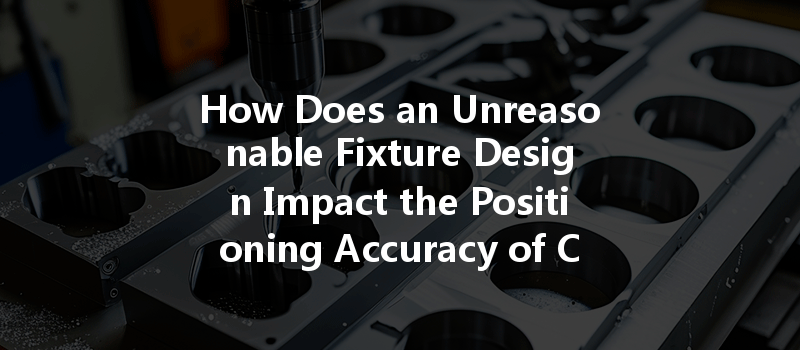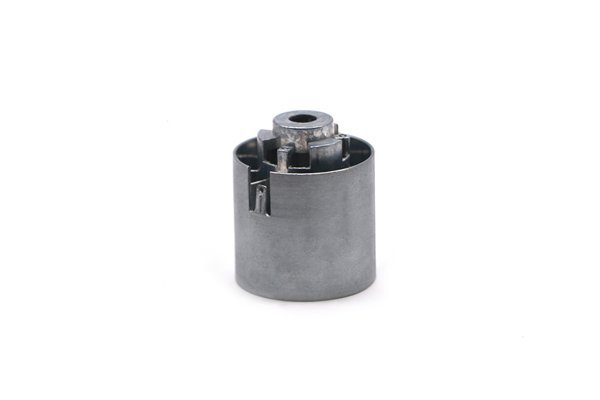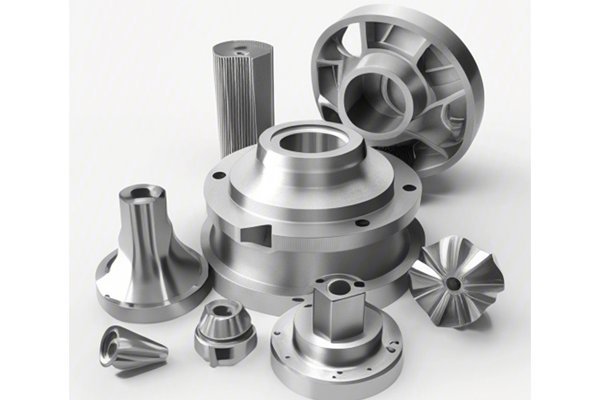*
Did you know that even a slight misalignment in fixture design can lead to a 2% reduction in the accuracy of CNC machining? In an industry where precision is paramount, such numbers speak volumes about the importance of fixture design. CNC machining, known for its ability to create components with razor-sharp precision, relies heavily on its fixtures to ensure that the workpiece is held securely in place and positioned accurately. An unreasonable design can result in catastrophic errors, affecting both quality and efficiency. But what constitutes an “unreasonable” fixture design, and how can it disrupt positioning accuracy? Let’s dig deeper.
—
Understanding the Role of Fixtures in CNC Machining
Fixtures are specialized tools used to hold and secure the workpiece during the machining process. In CNC machining, fixtures play a vital role in ensuring that parts are machined to the exact specifications required. Effective fixture design facilitates three essential aspects:
The Impact of Unreasonable Fixture Design on Positioning Accuracy
When discussing unreasonable fixture designs, several factors can lead to inaccuracies:
Misalignment can occur for various reasons, such as incorrect modeling or poor manufacturing processes. If the fixture is not correctly aligned with the machine’s axes, it can cause the workpiece to be positioned poorly. This misalignment could result in inaccuracies in dimensions, ultimately necessitating additional machining steps and increasing production time.
Solution:
Employ proper alignment tools and techniques during the fixture setup process. Utilizing advanced measuring equipment such as laser alignment tools can provide real-time feedback on the fixture’s alignment, ensuring that any discrepancies can be rectified before machining begins.
Fixtures must be rigid enough to withstand the machining forces without deforming. Overly flexible fixtures can introduce vibrations that cloud the machining process, leading to inaccuracies.
Solution:

Design fixtures using high-stiffness materials and adequate reinforcement strategies. For instance, if vibrations are a concern, using damping materials, such as viscoelastic polymers or incorporating mass dampers, can minimize the impact of vibrations on machining accuracy.
Though complex geometries can sometimes lead to better engagement with the workpiece, they also come with increased risks of positioning errors. The difficulty of replicating these highly intricate designs during the manufacturing of fixtures increases the likelihood of errors.
Solution:
Maximize the use of standard tools and platforms to keep fixture designs straightforward. Modular fixture systems allow for flexibility without introducing excessive complexity, enabling precision while maintaining ease of production.
The Importance of Simulation and Testing
One of the best ways to preemptively address issues with fixture design is through simulation software. Utilizing CNC simulation tools can provide insights into the entire machining process, highlighting potential inaccuracies stemming from fixture design.
Solution:
Incorporate simulation tools early in the design process to forecast how new fixtures interact with the machine and the workpiece under various machining conditions. Any misalignments or inaccuracies can be identified and addressed before physical prototypes are made, saving both time and resources.
Best Practices for Fixture Design
To prevent unreasonable fixture designs that impact machining accuracy, consider the following best practices:
The implications of unreasonable fixture design in CNC machining can be debilitating. The loss of positioning accuracy can lead to more than just scrap parts; it can affect the entire production timeline and cost efficiency. Understanding how different design flaws impact stability, alignment, and accuracy is crucial. By employing simulation tools, adhering to best practices, and utilizing proper material selection and design techniques, manufacturers can ensure that their CNC machining processes remain efficient and precise.
In today’s competitive manufacturing landscape, where precision means everything, taking the time to assess and improve fixture design should not be underestimated. As we continue to push the boundaries of what CNC machining can achieve, the importance of accurate fixture design must remain at the forefront of every engineer’s and manufacturer’s mind. The pursuit of perfection is continuous, and every detail matters — especially when precision is key.
—






